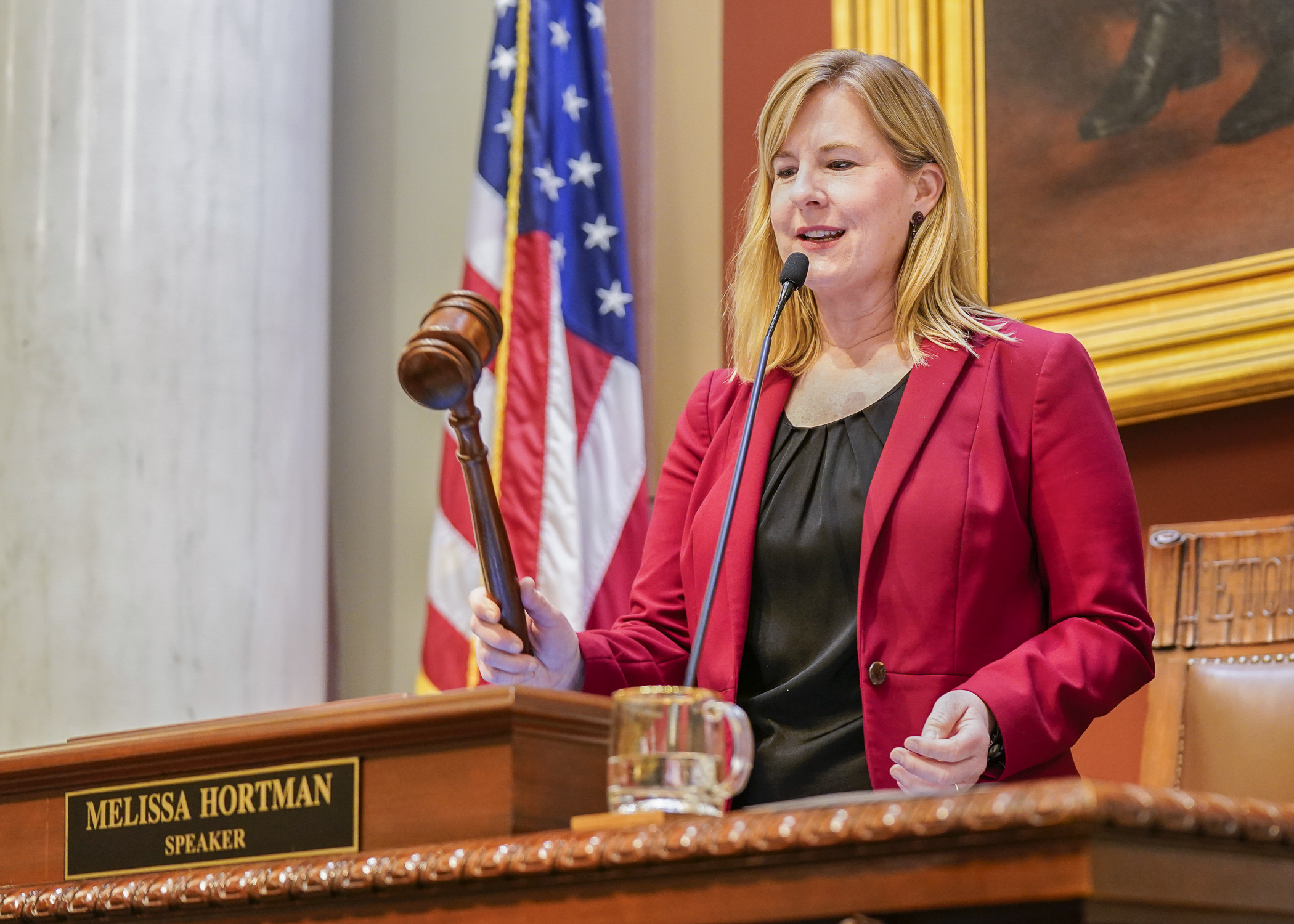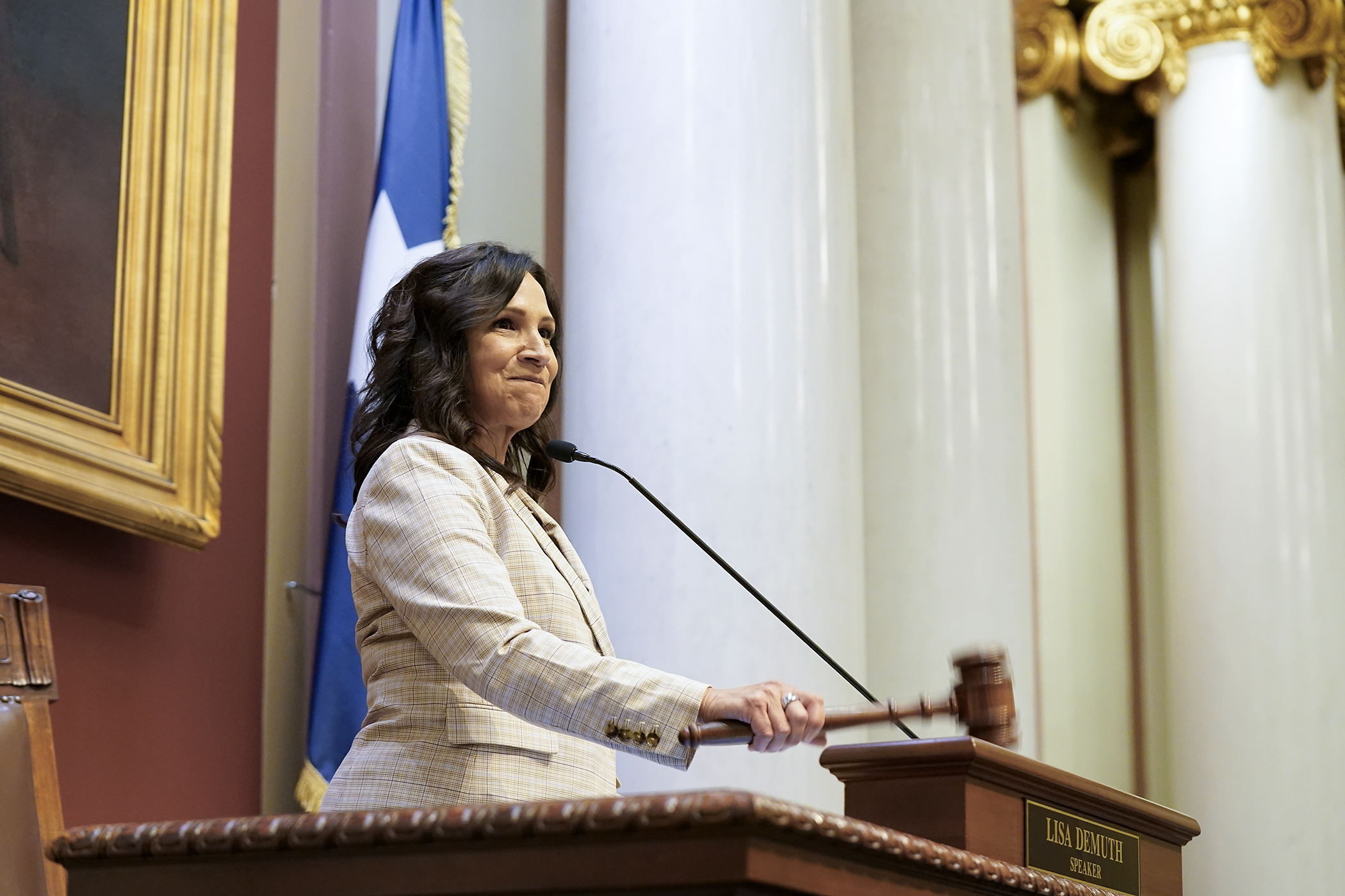Teachers unions get more say in class sizes, testing frequency under bill OK'd by education committee

The issue of class sizes, testing frequency and student-to-staff ratios are areas that teacher union bargaining units would like to have more control over.
Sponsored by Rep. Sydney Jordan (DFL-Mpls), HF603, would make several modifications to the state’s public labor laws.
The bill was approved 11-7, on a party-line vote, Monday by the House Education Policy Committee. It now heads to the House Labor, Industry, Veterans and Military Affairs Finance and Policy Committee. There is no Senate companion.
Among its provisions, the bill would:
- provide labor organizations access to personnel data as needed to conduct elections, notify employees of fair share fees, and implement labor and public labor statutes;
- allow part-time employees and temporary or seasonal employees working for a school district or charter the right to unionize and bargain collectively;
- require public employers to provide union representatives with access to bargaining unit members at work, and 30-minute meetings with newly hired employees; and
- give union representatives the right to use government facilities and email systems for bargaining unit communications and meetings. Meetings could not interfere with government operations or promote partisan activity.
Proponents, including Peter Eckhoff, president of the Robbinsdale Federation of Teachers, say they want more of a say in their students’ learning conditions and the future of their profession, and that this proposal offers that.
“We educators do value far more than our compensation and we want more opportunity to have greater input and control in our learning environments and our work settings,” Eckhoff said. “We believe that we, as the experts in student instruction, should also have greater opportunity to bargain over more elements or our teaching environments.”
Opponents say the proposal would deprive districts of the flexibility needed to respond to fluctuations in student enrollment. If class sizes and personnel ratios are predetermined by contract, school boards could struggle to maintain fiscal stability, according to Deb Henton, executive director of the Minnesota Association of School Administrators. Henton spoke on behalf of a number of organizations.
“If a district has declining enrollment leading to a loss of revenue, but must maintain a specific personnel ratio or class size – given what has been negotiated in a contract – the district may need to lay off much needed support staff like counselors, nurses and mental health staff,” she said.
Rep. Sondra Erickson (R-Princeton) unsuccessfully offered eight amendments that, when combined, would have nullified the proposal and prohibited teacher strikes.
Related Articles
Search Session Daily
Advanced Search OptionsPriority Dailies
Speaker Emerita Melissa Hortman, husband killed in attack
By HPIS Staff House Speaker Emerita Melissa Hortman (DFL-Brooklyn Park) and her husband, Mark, were fatally shot in their home early Saturday morning.
Gov. Tim Walz announced the news dur...
House Speaker Emerita Melissa Hortman (DFL-Brooklyn Park) and her husband, Mark, were fatally shot in their home early Saturday morning.
Gov. Tim Walz announced the news dur...
Lawmakers deliver budget bills to governor's desk in one-day special session
By Mike Cook About that talk of needing all 21 hours left in a legislative day to complete a special session?
House members were more than up to the challenge Monday. Beginning at 10 a.m...
About that talk of needing all 21 hours left in a legislative day to complete a special session?
House members were more than up to the challenge Monday. Beginning at 10 a.m...